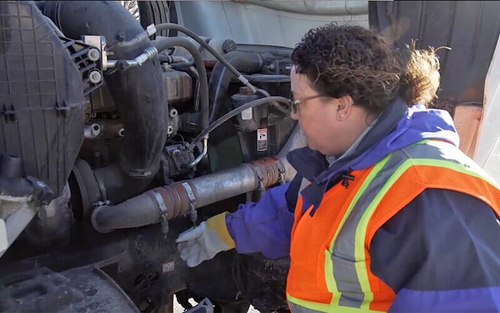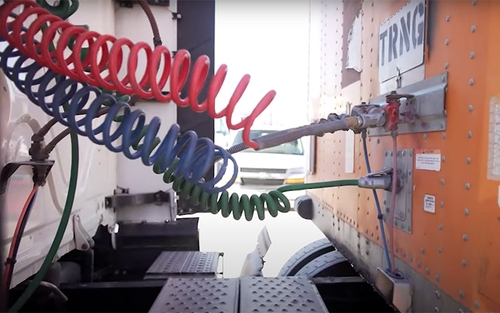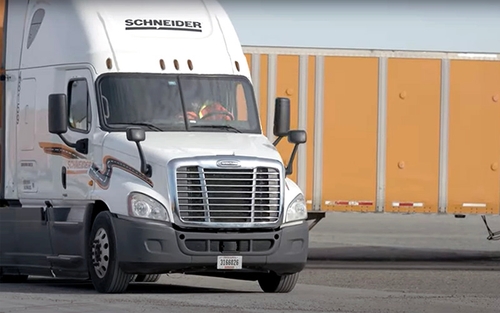Estimated reading time: 2 minutes
Ensuring your semi-truck's tire tread depth meets safety standards is crucial for maintaining road safety. Whether you're a seasoned truck driver or new to the job, knowing regulations and how to check your tires can help ensure a safer driving experience.
Below, we’ll cover regulations regarding tire tread depth for semi-trucks and walk you through the steps to check it effectively.
What is tire tread depth?
Tire tread depth refers to the distance between the top of the tire's rubber to the bottom of its deepest grooves. Tread depth is measured in thirty-seconds of an inch increments.
The deeper the tread depth on semi tires, the better they will grip the road. This is essential for several reasons, including:
- Safety: Ensuring better traction on the road, especially in adverse weather conditions.
- Performance: Maintaining optimal handling and braking performance.
- Compliance: Adhering to legal requirements to avoid fines and penalties.
Drivers should check their tires' tread depth, as well as pressure and overall condition, during their pre-trip inspection.
Semi-truck tire tread depth regulations
According to the Department of Transportation, the guidelines for minimum tread depth on a semi-truck are:
- Steer tires: Minimum tread depth of 4/32 of an inch.
- Drive and trailer tires: Minimum tread depth of 2/32 of an inch.
Tires that fail to meet these criteria are considered unsafe for the road. They may not only lead to fines, but may increase the risk of accidents due to decreased traction. It is also important to regularly check your state’s regulations to ensure you remain compliant.
See for yourself: Tire tread test walkthrough with an expert
Learn how to check the tread depth of your tires with the help of Schneider Training and Development Administrator, Brian Johnson.






